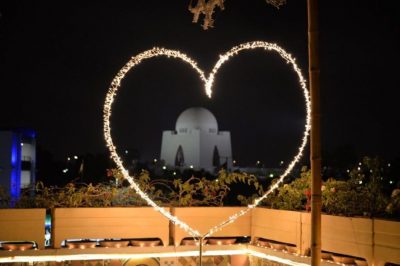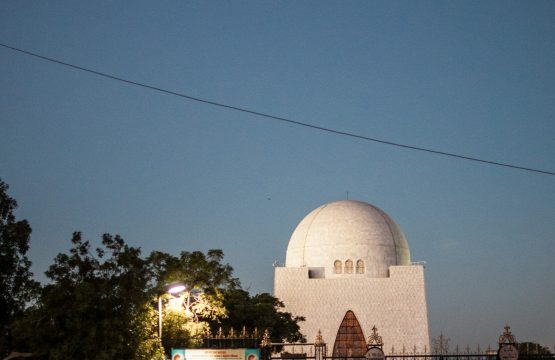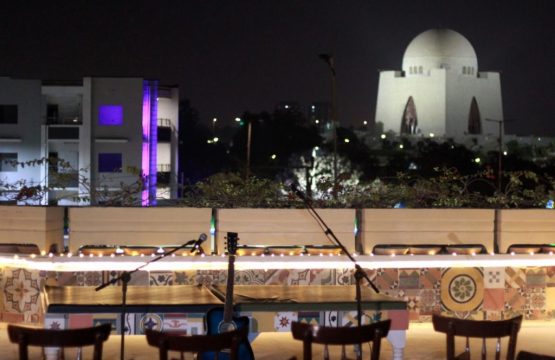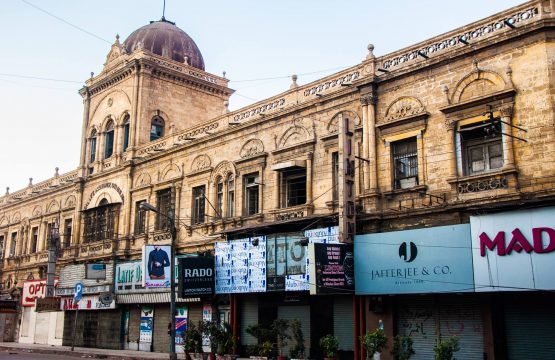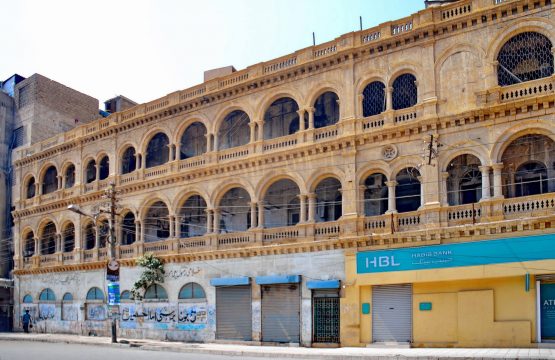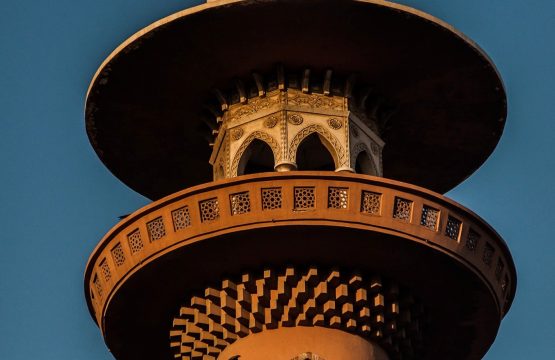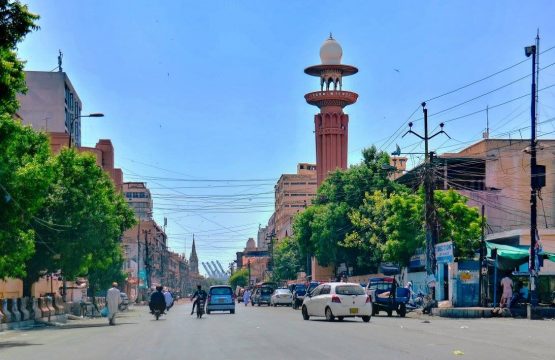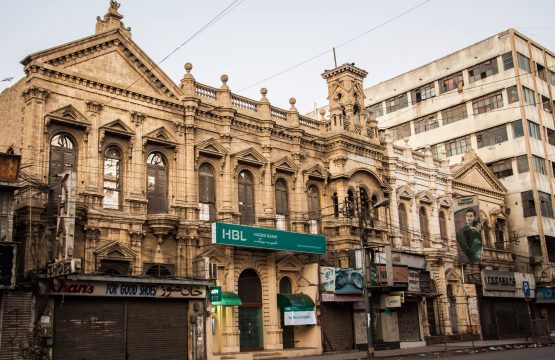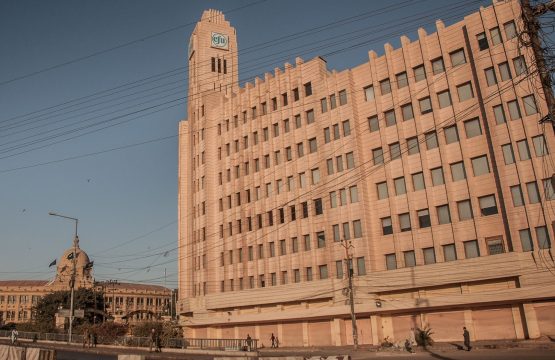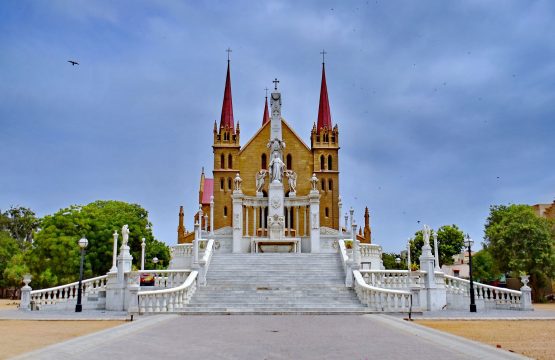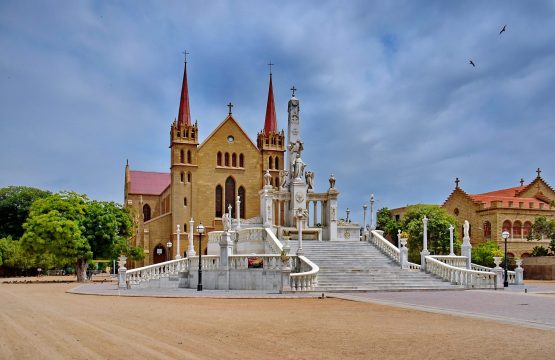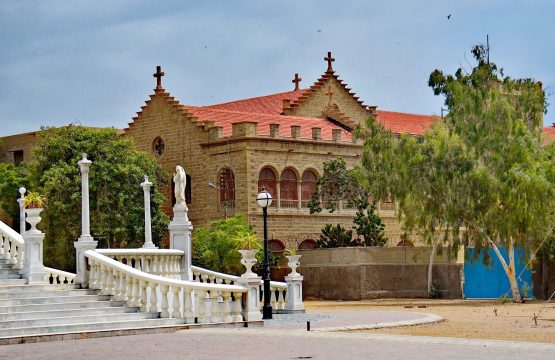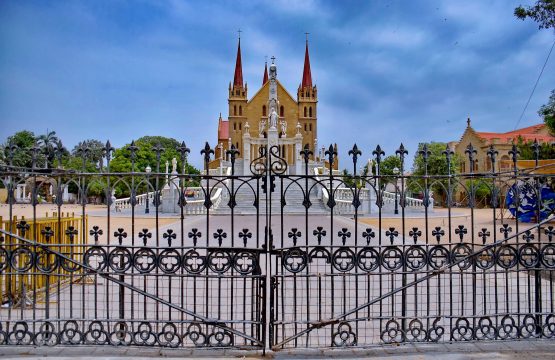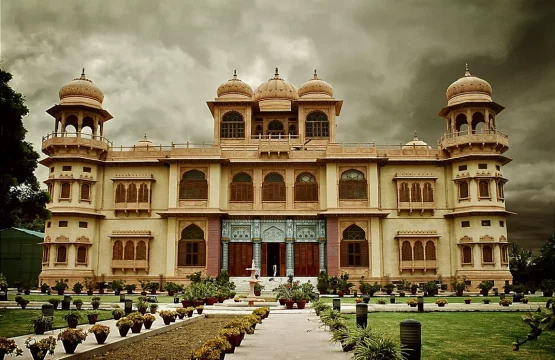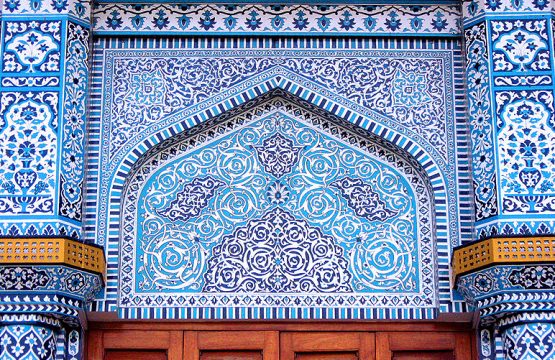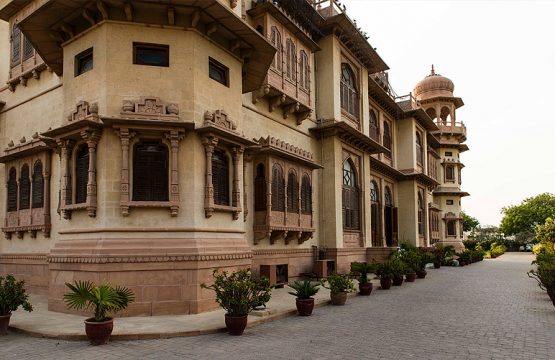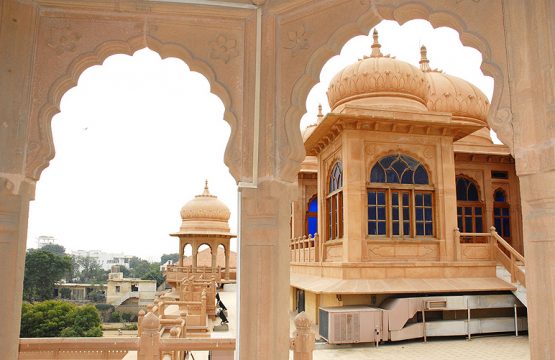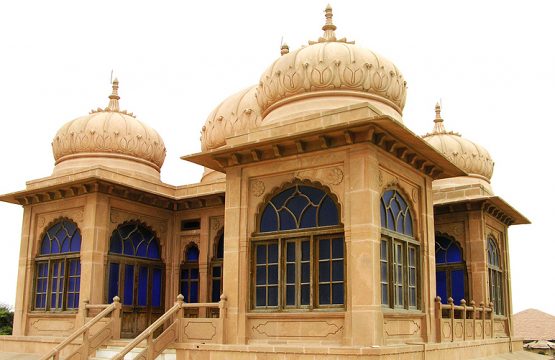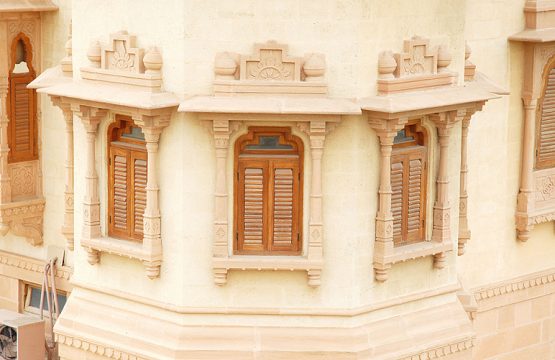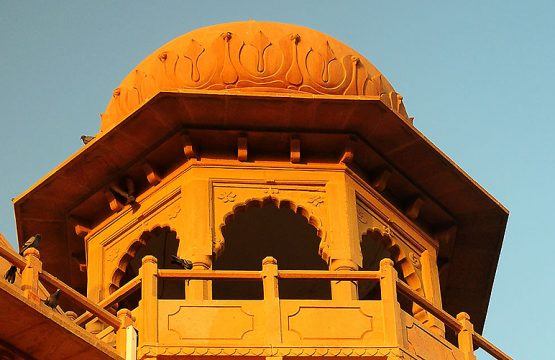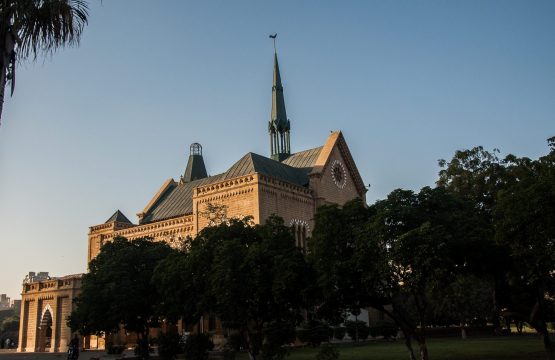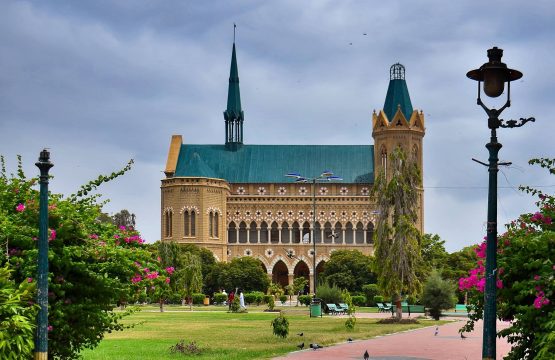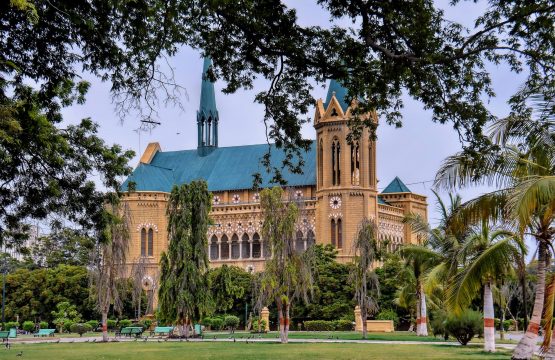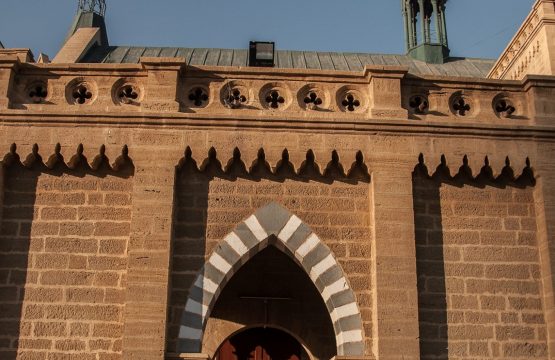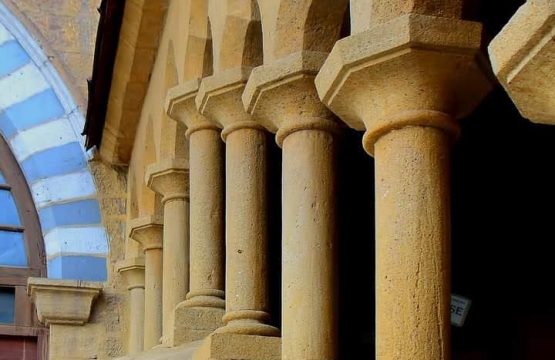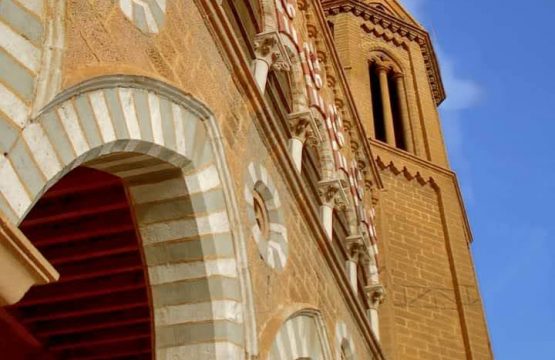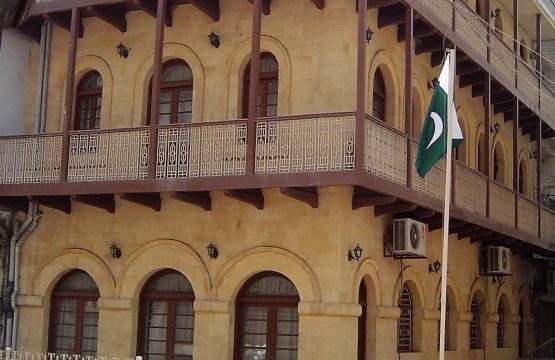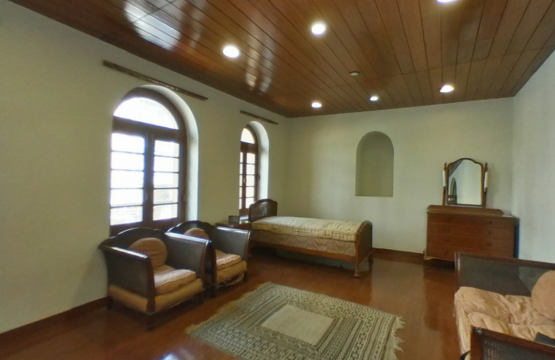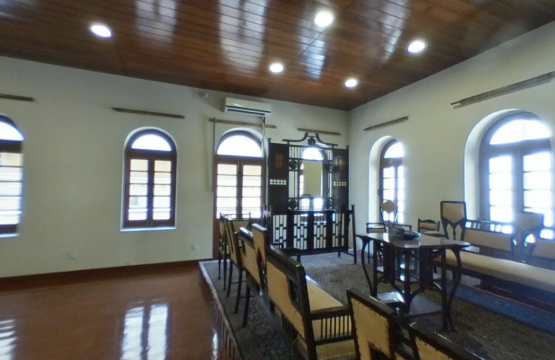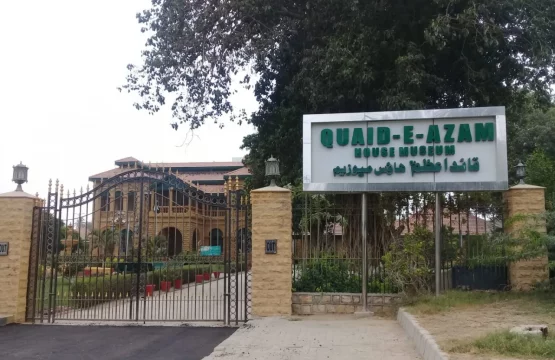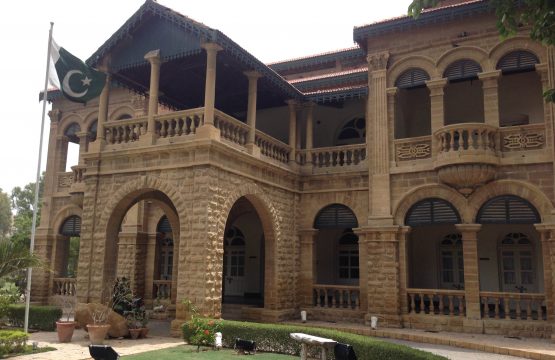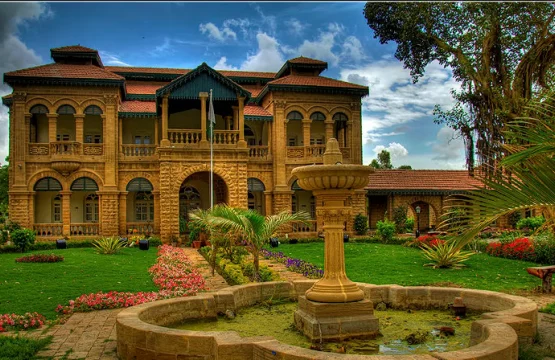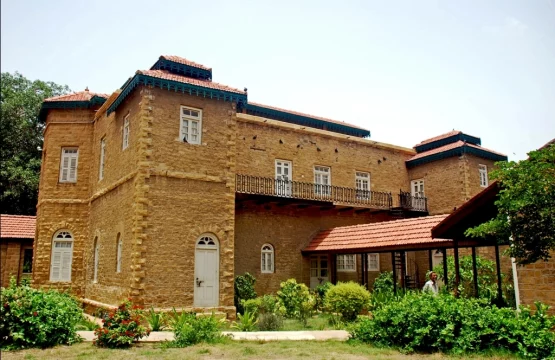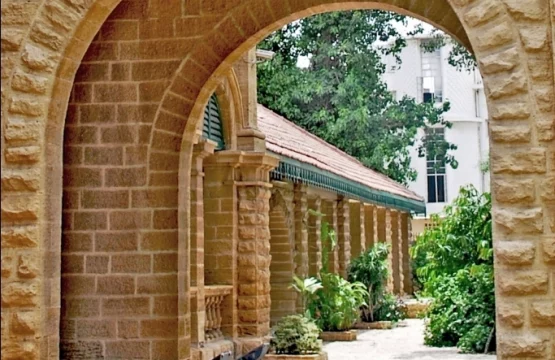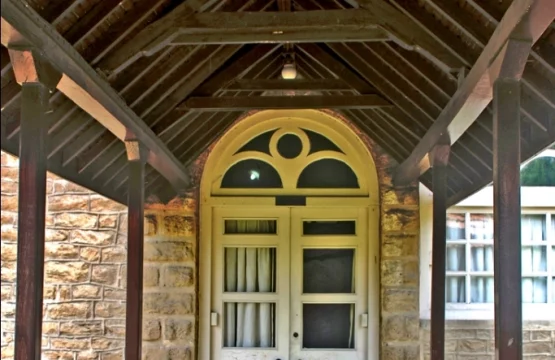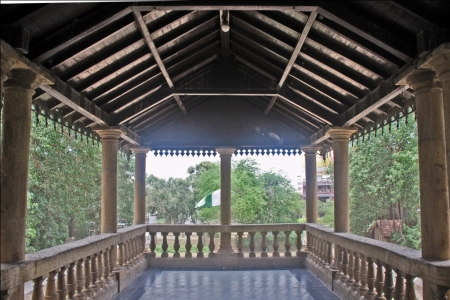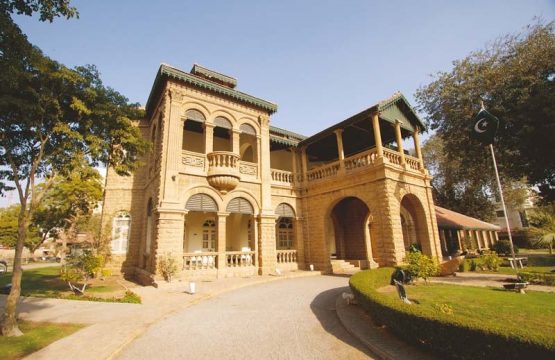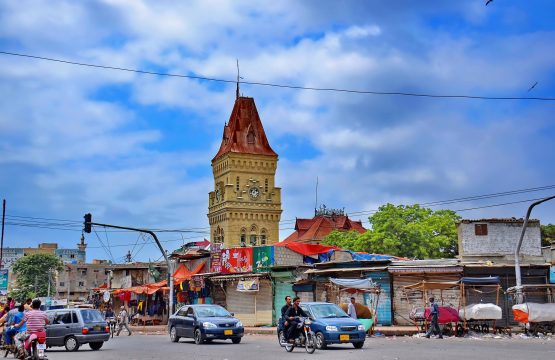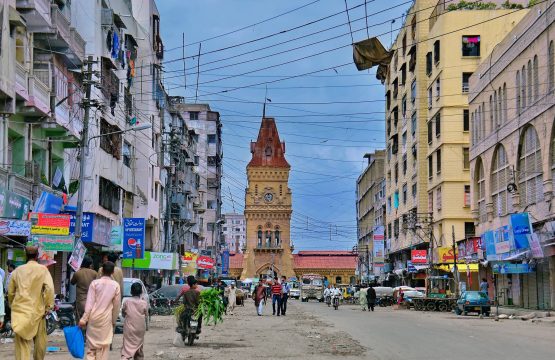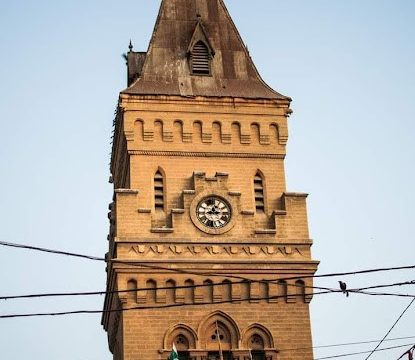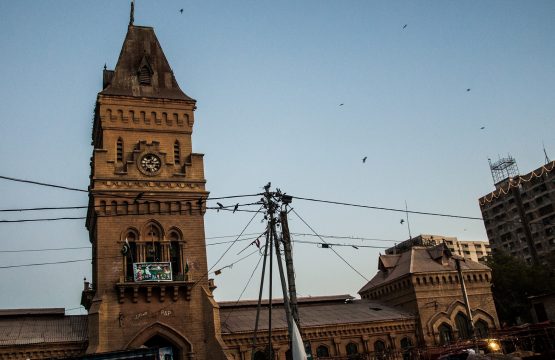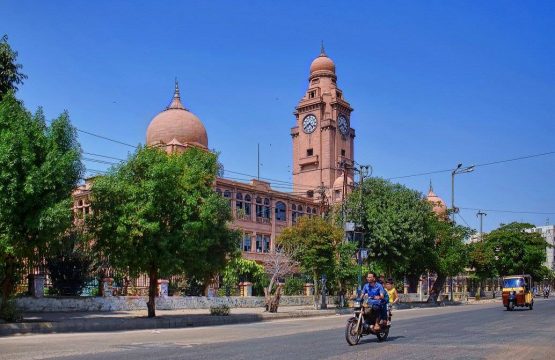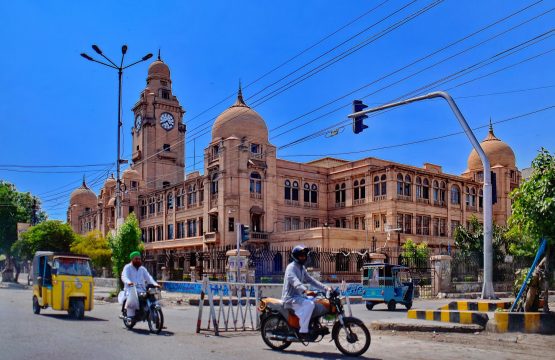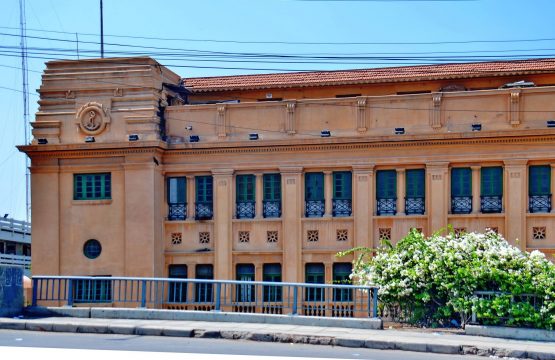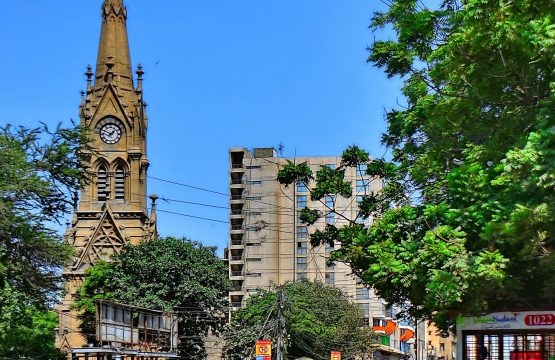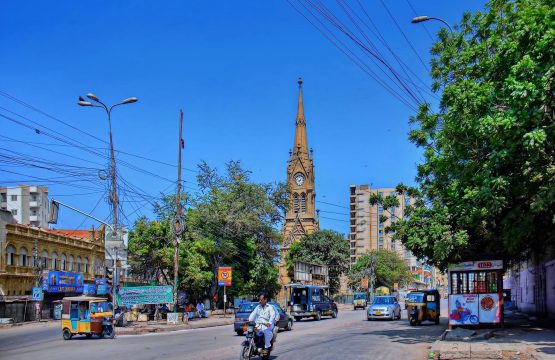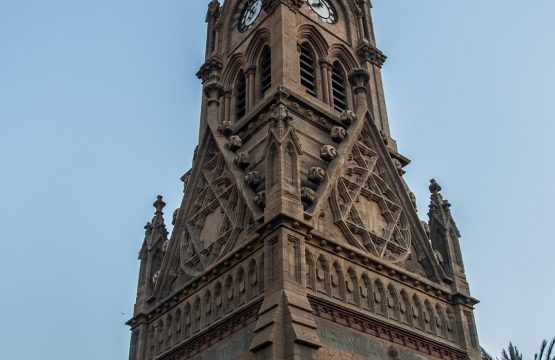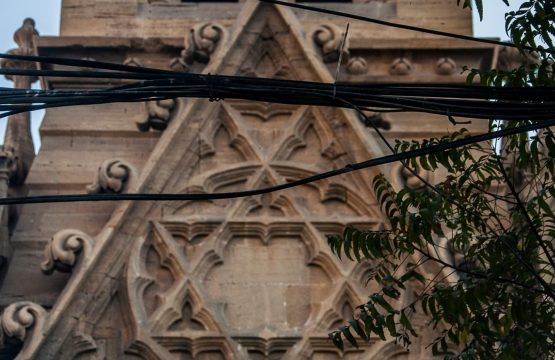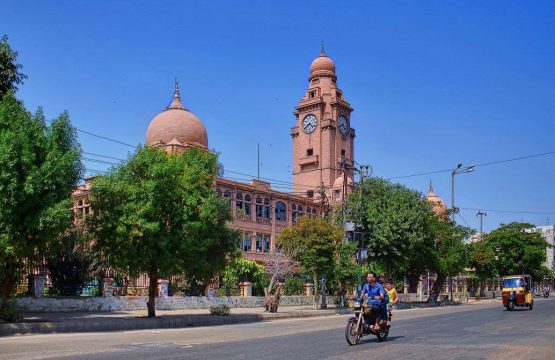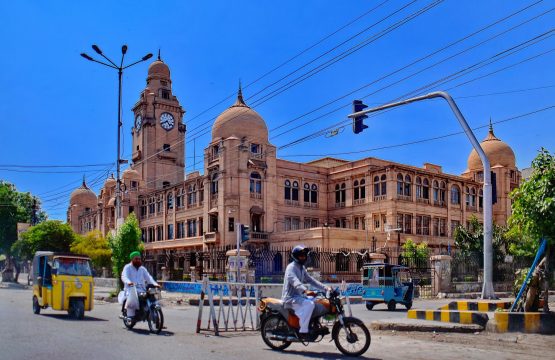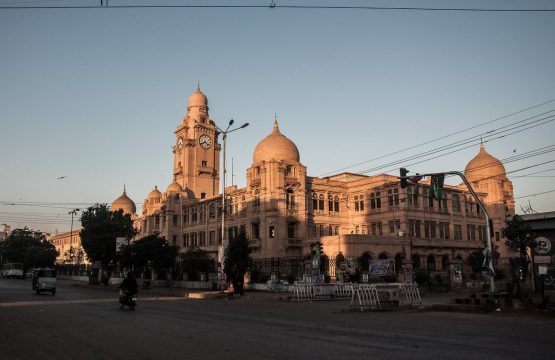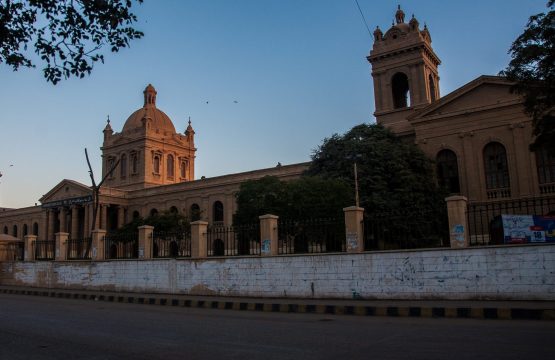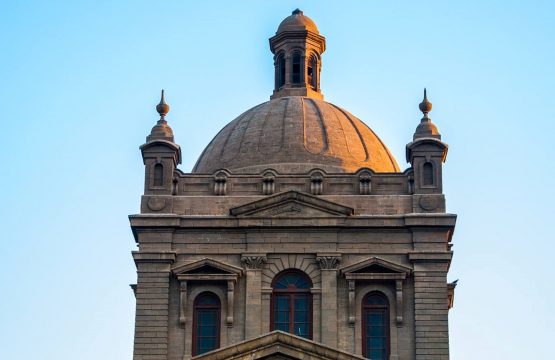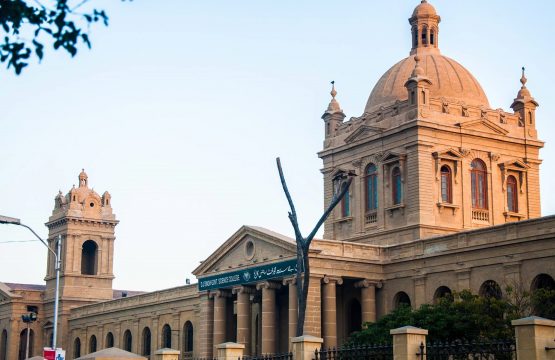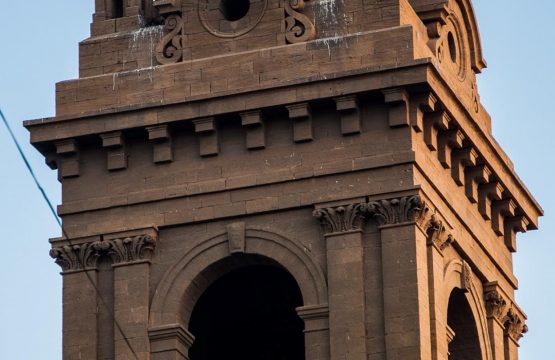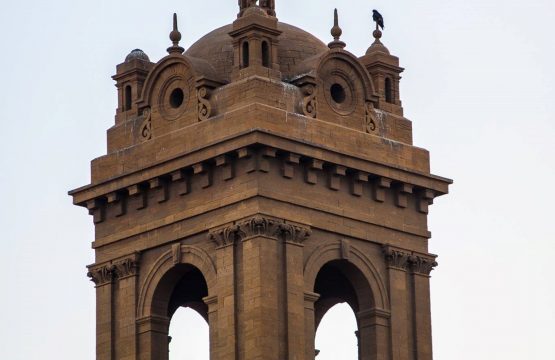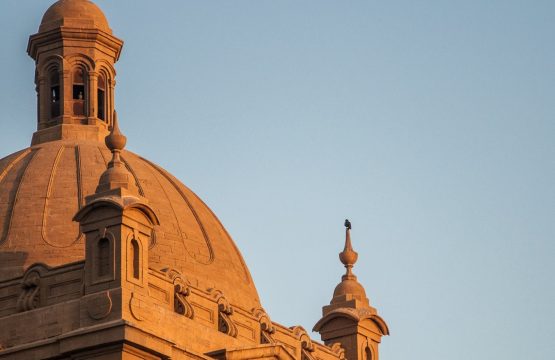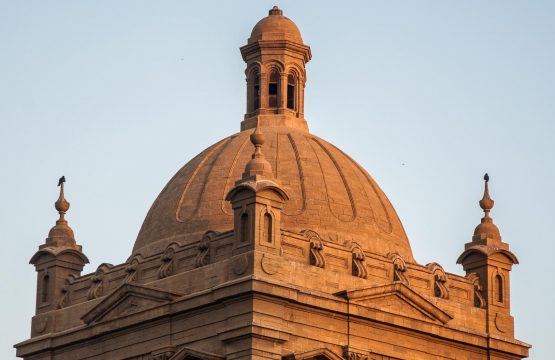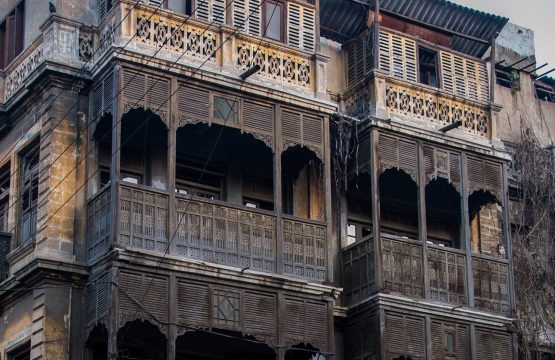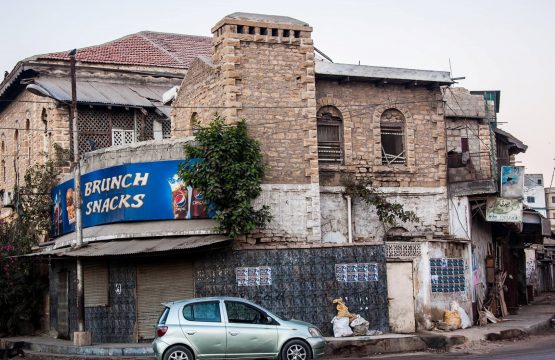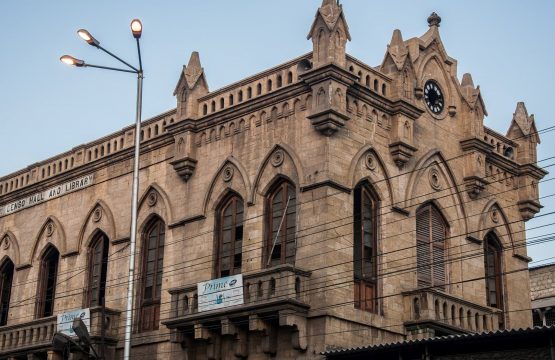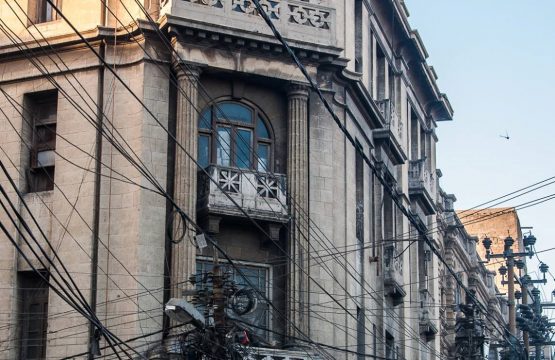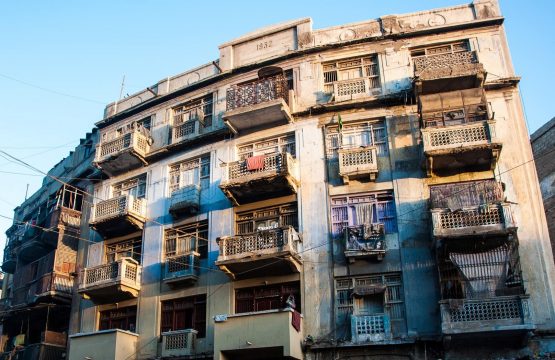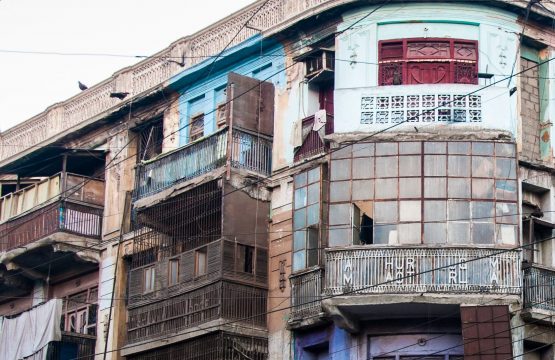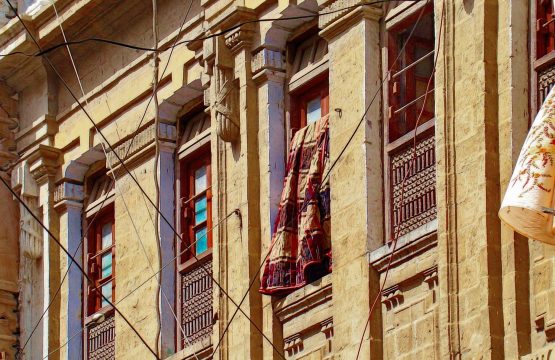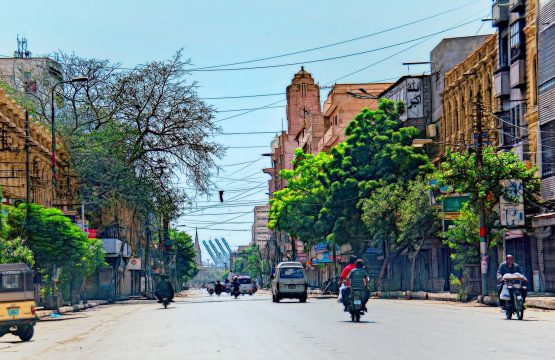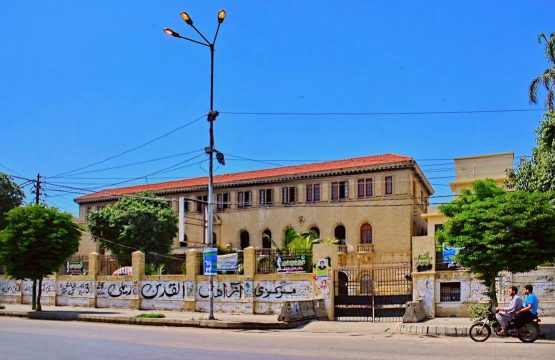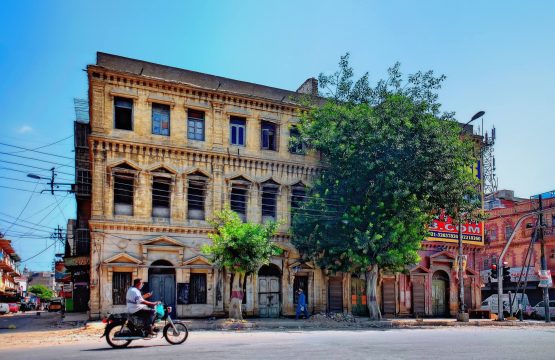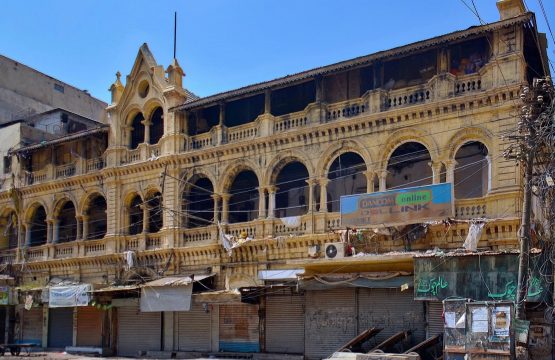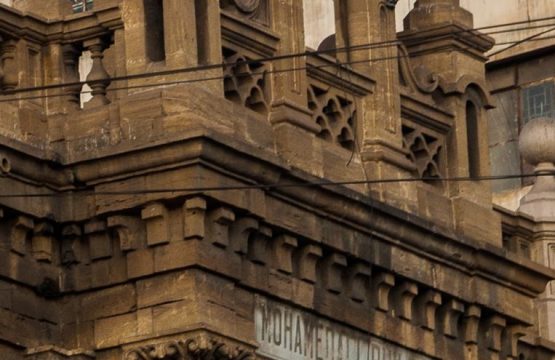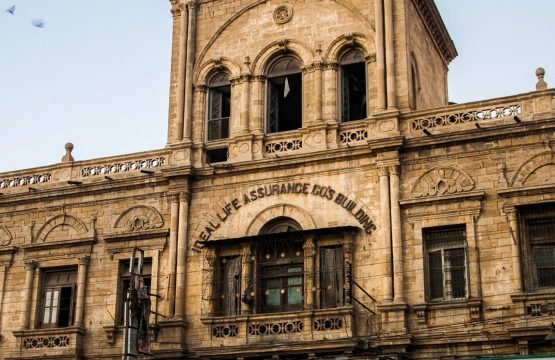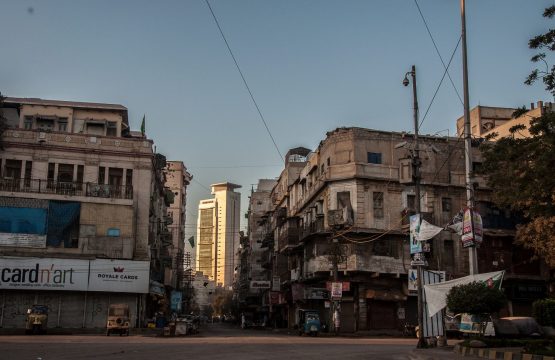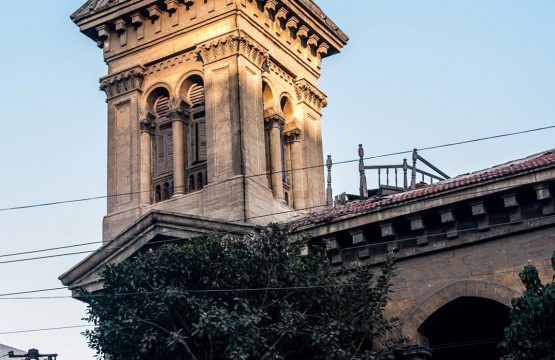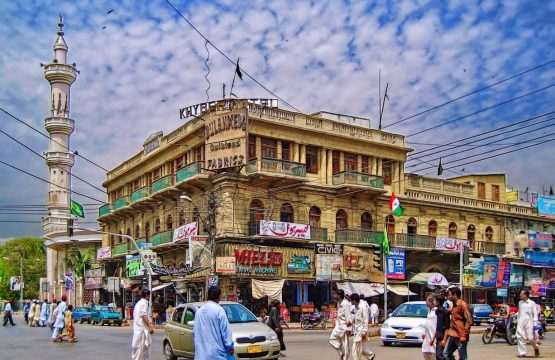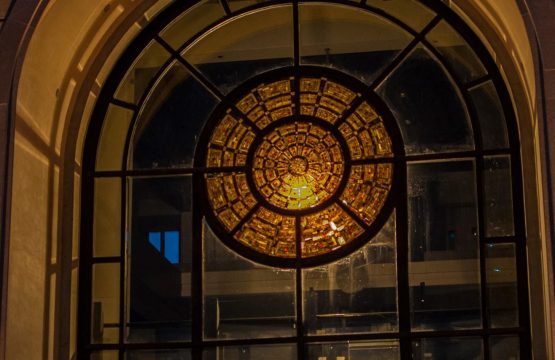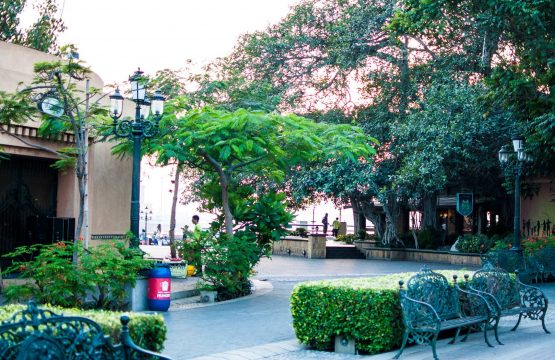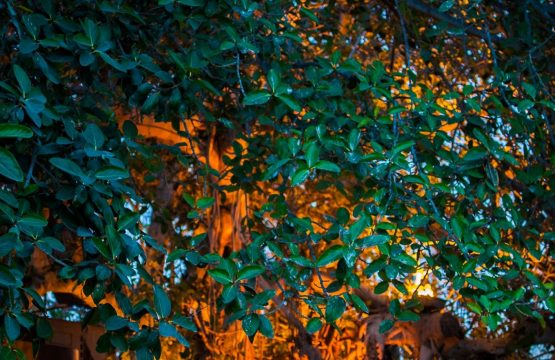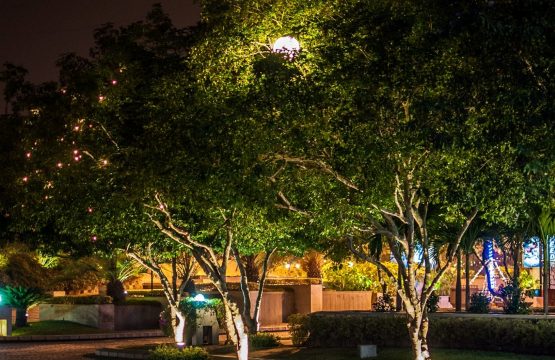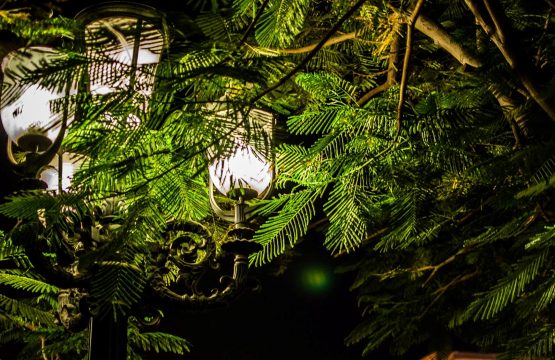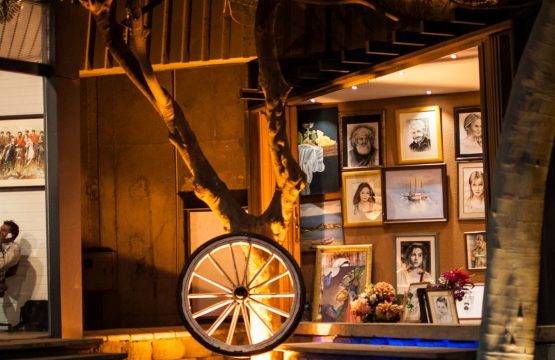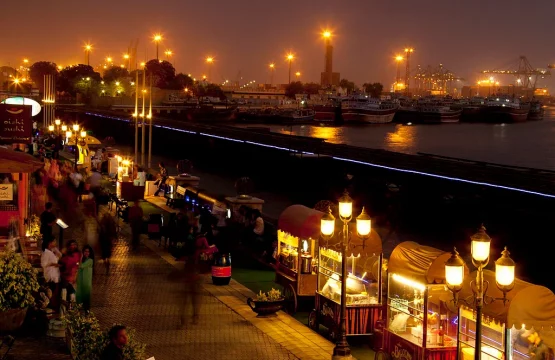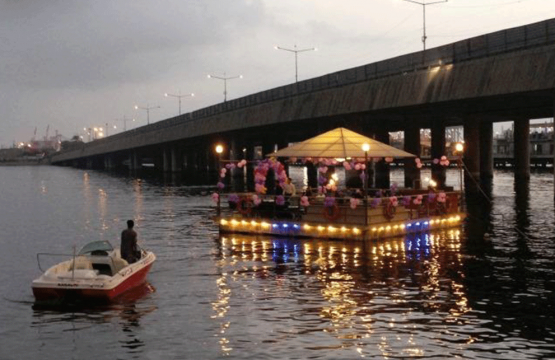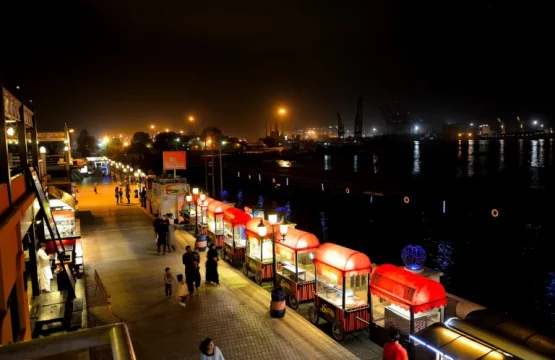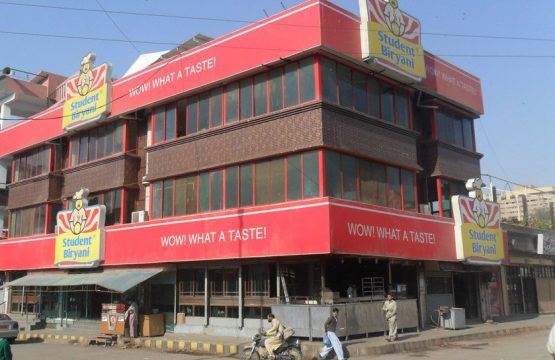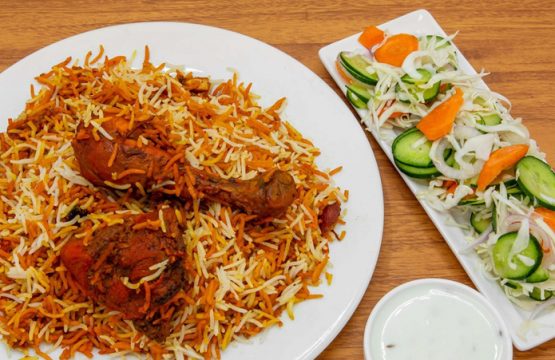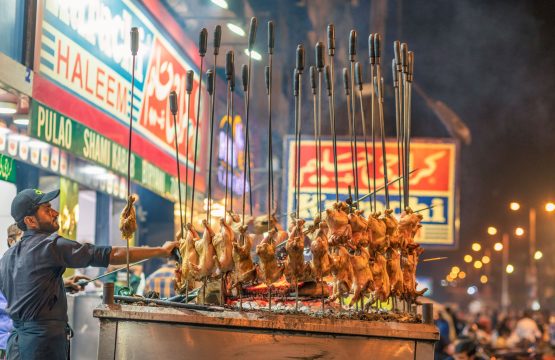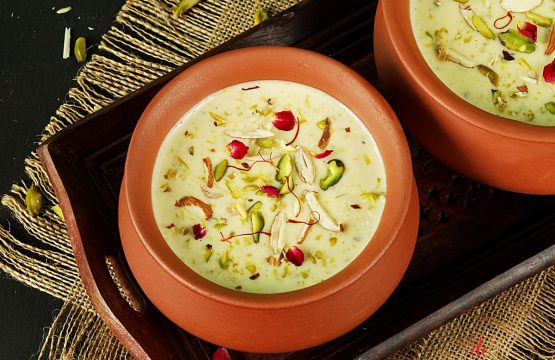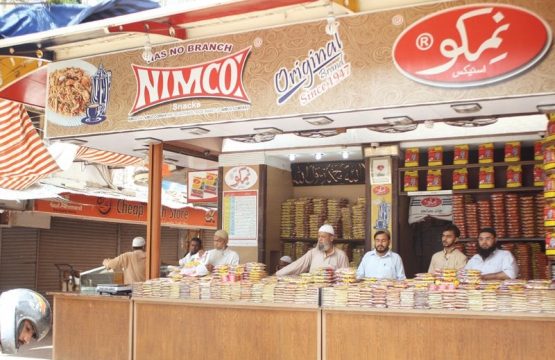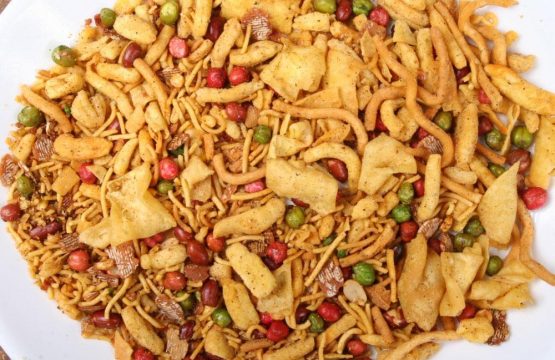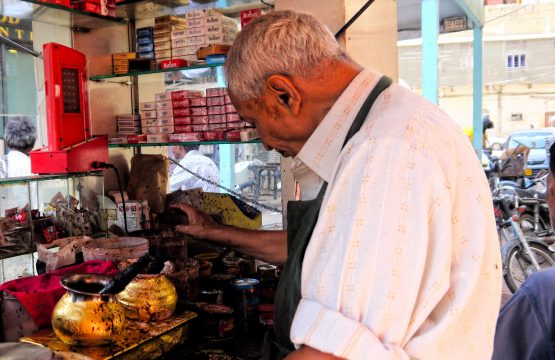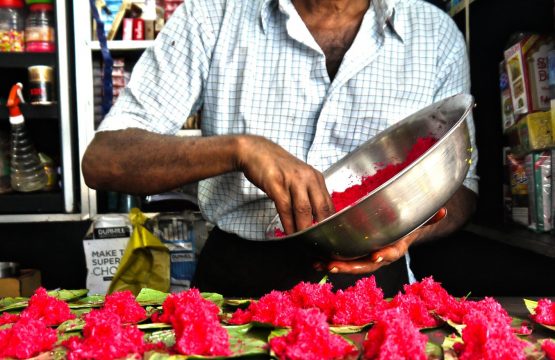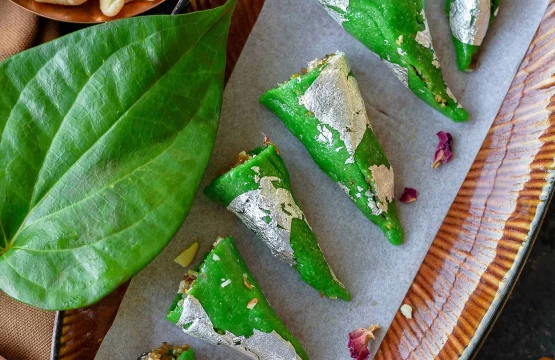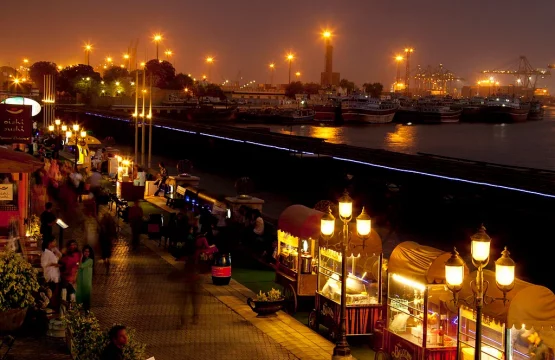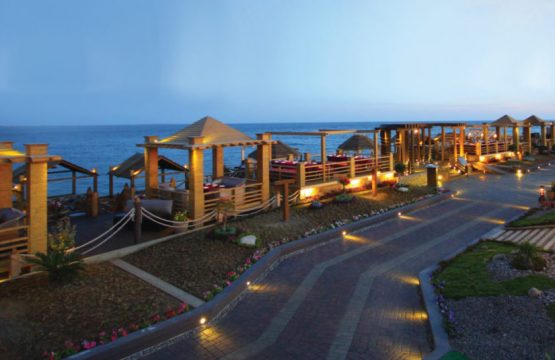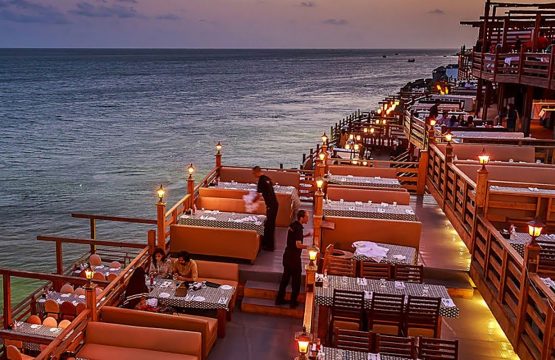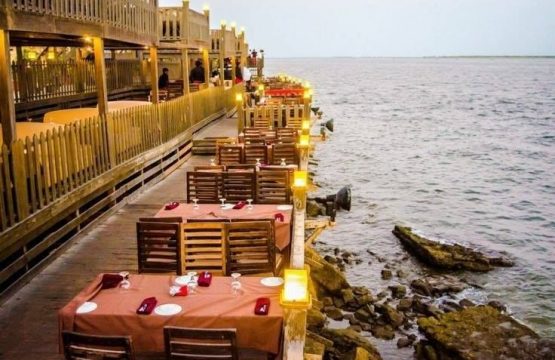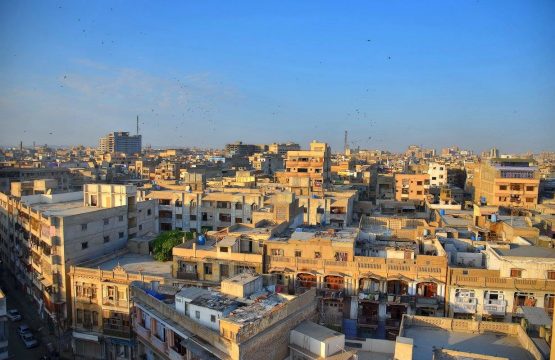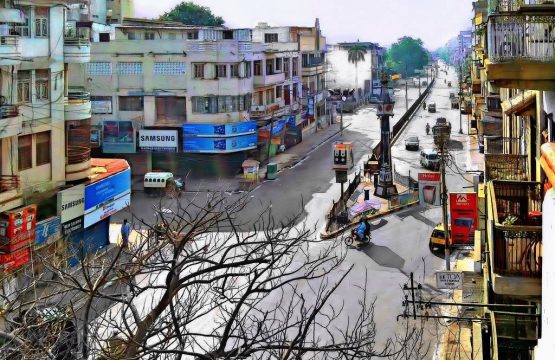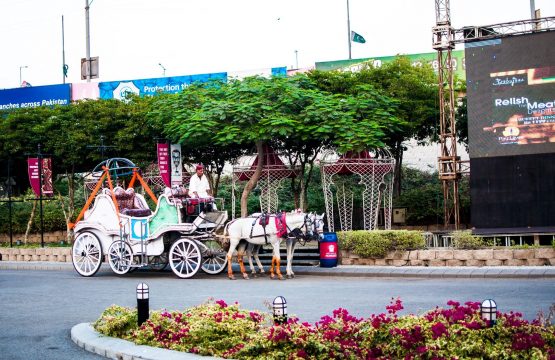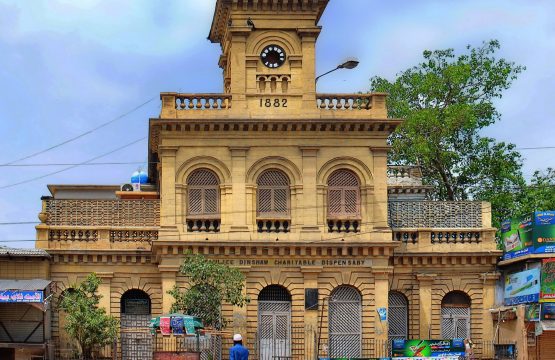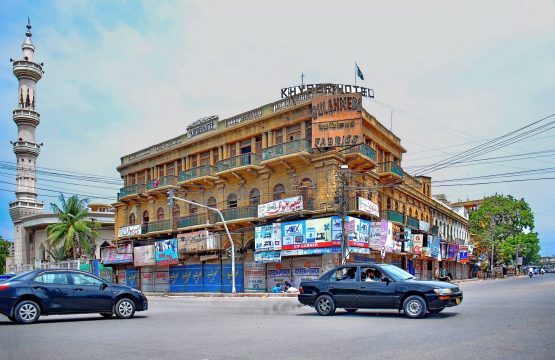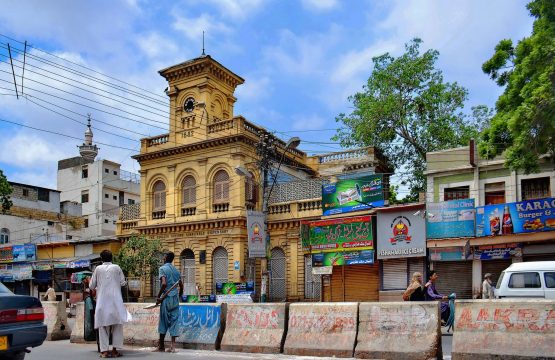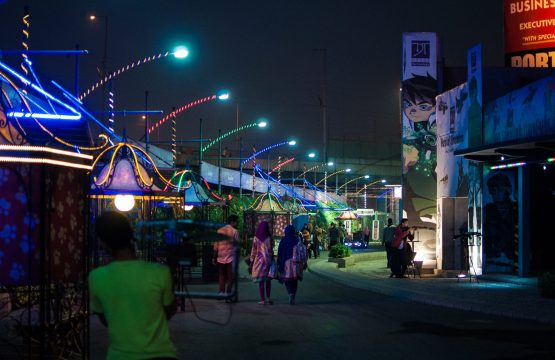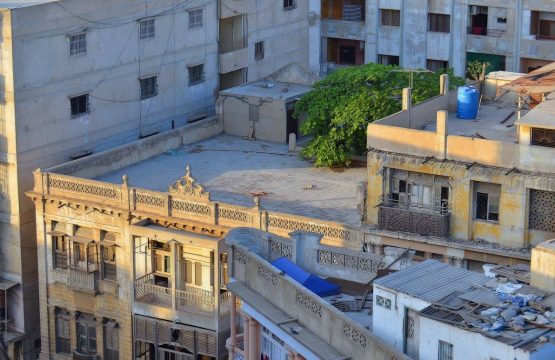The city of Karachi, which is nestled along the Arabian Sea, defies easy categorization. It is a busy metropolis that feeds on its paradoxes and complexities, where old and modern coexist in a harmonic dance. From its vibrant culture and rich heritage to its incredible history and unbreakable spirit, Karachi is a city that creates an enduring impression on both its citizens and tourists.
Karachi is a fusion of contrasts that come together perfectly, similar to the rhythmic harmony of a well-brewed tea combined with aromatic “parathas” and eggs. The beautiful lines of the Ode to Karachi depict the locals’ love-hate connection with their city. Just as the city’s residents tackle obstacles head-on, such as the symbolic clash of Nawaz and Imran’s receding hairlines, they also find ways to embrace life’s delights in the middle of the commotion, such as the well-utilized Sundays at Sandspit Beach.
Karachi’s history is a tapestry woven with threads of many civilizations, from its early days as a modest fishing village to its prominence as a hub of trade and business during the British colonial era. The ancient city of Kolachi, from which Karachi derives its name, has a long history and was an important trading port on the Silk Road.
Karachi is one of the world’s oldest cities, rooted in the Indus Valley civilization. The city has experienced the rise and fall of several empires, including those ruled by the Arabs, Persians, and British, all of which have contributed to its rich cultural and architectural legacy.
The Arab impact on Karachi can be found in its linguistic and cultural elements. The city has served as a hub for trade and business, drawing traders from around the Arabian Sea. The Arab traders brought their rituals, traditions, and architectural styles, which merged smoothly with the local culture.
The Persian Empire ruled Karachi during the Middle Ages. The Persian culture has left its mark on the city’s language, literature, and art. Many of Karachi’s older monuments and buildings, including exquisite tile work, calligraphy, and geometric designs, feature Persian aesthetics.
However, it was during the British colonial era that Karachi saw substantial development and transformation. Because of its strategic location, the British developed it into a significant harbor. Western architectural styles were introduced by colonial control and continue to be visible today.
The Mohatta Palace is among Karachi’s most impressive architectural wonders. This magnificent palace dates to the early 20th century and is a fantastic example of how Mughal, Rajput, and European architectural styles coexist. It represents the city’s illustrious past because of its intricate stone carvings, skilled Jali craftsmanship, and lovely gardens.
The majestic Frere Hall, built in the Gothic style during the British era, is another well-known structure in Karachi. Town hall and a public library were both housed in this opulent building. Its massive exterior, pointed arches, and elaborate details capture the period’s architectural splendor. It serves as both a library and a cultural center. It is a cherished icon in the region due to its graceful design, rich gardens, and intricate marble work.
The city’s architectural heritage is not restricted to palaces and public buildings. It is also in its mosques, mausoleums, and havelis (traditional houses). For example, Pakistan’s Founding Father, Muhammad Ali Jinnah, lived at the Wazir Mansion, a historic haveli and Flagstaff House that is now the Quaid e Azam Museum. It displays a lovely fusion of colonial and Indo-Islamic architectural characteristics.
The Empress Market and the Karachi Port Trust Building are two buildings that display Mughal architectural influence. The Empress Market is one of Saddar’s most recognizable buildings. This enormous tower, built during the British colonial era, features a combination of Gothic and Indo-Saracenic architectural styles. British architect James Strachan created the Empress Market, a lively market that still stands today with its red stone façade, pointed arches, and commanding central tower.
The Karachi Port Trust Building, also designed in the early 20th century, represents a successful synthesis of Mughal and British architectural styles.
The Merewether Clock Tower, named for Sir William L. Merewether, the Commissioner of Karachi, is another prominent landmark. This tower in the Gothic style stands tall and attracts attention with its delicate carvings and clock that has been keeping time for more than a century.
The Karachi Municipal Corporation (KMC), established in 1853 during British colonial rule, holds a rich history as the city’s governing body. Over the years, it has managed urban development, infrastructure, and services. The KMC’s evolution reflects Karachi’s growth from a port town to Pakistan’s economic hub, with urban challenges and progress.
D.J. Science College has been around since 1887, making it one of the oldest institutions in Karachi, Pakistan. Its building, a colonial-era architectural marvel, stands as a testament to time. With over a century of educational legacy, it has nurtured countless minds and contributed significantly to the academic landscape of the region.
The cultural blend that has shaped Karachi throughout the centuries is reflected in the city’s architectural fabric, which is a tribute to its rich history. It serves as a reminder of the diverse civilizations’ contributions to the city’s building and stands as a living tribute to its rich legacy.
Also Read: Pakistani Ambassador Joins Ecology Expo 2023 in Belarus
Aside from these historical relics, Karachi’s old town, Saddar, is a veritable treasure trove of architectural jewels. Its confined alleyways are lined with structures that blend Gothic, Victorian, and Indo-Islamic architectural styles. These buildings’ vibrant façade, elaborate balconies, and fine woodwork produce an arresting visual scene.
The streets of Saddar are like a time capsule and exploring them is like traveling back in history. Numerous buildings, each with a different story, line the tiny streets. Every corner is a beautiful feast for the eyes, from the intricate balconies of Nishtar Road to the bright facades of Elphinstone Street.
These constructions have jharokas (balconies) and finely carved wooden brackets offering beauty and splendor. The rhythmic clatter of horse-drawn carriages and the enticing aromas of street food vendors add to the charmingly bygone atmosphere as one strolls the pathways.
Karachi’s identity is shaped by its inhabitants, who come from many regions, cultures, and backgrounds. Its food, festivals, and languages illustrate this diversity. The city’s bustling markets offer a kaleidoscope of flavors, from the spicy ‘Biryani’ to the sweet ‘Rabri,’ catering to every pallet.
The “City of Lights,” Karachi, is well known for its incredible gastronomic diversity, historical significance, and rich cultural diversity. The city’s cuisine illustrates its multicultural population, with influences from all around Pakistan and the world. Karachi is a culinary paradise, with options for every foodie, from inexpensive street vendors to five-star restaurants.
Karachi’s rich street food culture is a defining aspect of its cuisine scene. The streets are lined with vendors selling all kinds of delicious treats to suit any budget. Karachi’s diverse cultural heritage appears in the city’s vibrant street food scene, which features everything from the savory Aloo Tikki and Bun Kebabs to the sour and spicy Chaat.
Karachi, Pakistan’s “Biryani Capital,” is exceptionally proud of its Biryani tradition. Biryani variations abound in the city, each with its distinct blend of aromatic spices and delicate meat. Whether you choose the aromatic and light Chicken Biryani or the deep and flavorful Sindhi Biryani, you’re in for a delicious experience that genuinely captures Pakistani cuisine.
Karachi, which borders the Arabian Sea, is known for its vibrant seafood industry. The lively fish markets attest to the city’s fondness for fresh catches. Popular options for locals and tourists to enjoy the flavor of the ocean include grilled seafood, fried fish, and prawn meals.
Karachi’s desserts are an essential part of every trip there. The city is known for its delicious dessert establishments. Whether you’re craving the creamy and rich flavors of traditional Pakistani sweets like Gulab Jamun and Jalebi or a scoop of luxury ice cream, Karachi’s sweet delicacies will not disappoint.
Rabri is the star when it comes to sweet delights. This classic dessert’s combination of reduced milk, sugar, sugar, and cardamom makes for a velvety, sweet, and fragrant treat. Rabri symbolizes the rich legacy of Pakistani sweets, whether eaten alone or as a topping for other sweets.
The diversified population of the city is accurately reflected in Karachi’s cuisine culture. Residents of the city come from all across Pakistan and the world, bringing their culinary traditions. As a result, Karachi’s food options flawlessly integrate native flavors with international influences, creating a one-of-a-kind and unrivaled dining experience.
The culinary tapestry of Karachi, the city that never sleeps, includes more than simply regional specialties and exotic flavors; it also features the confluence of cultures that takes place right on your plate. The city’s bustling streets and markets are evidence of this fusion, with sellers serving up tantalizing creations combining varied flavors and ingredients.
Popular local snack Karachi Nimco is the ideal illustration of this mix. Karachi Nimco is a crunchy explosion of tastes made up of lentils, chickpea flour noodles, peanuts, and spices found in every nook and crevice of the city. It perfectly captures Karachi’s diverse fusion of cultures and cuisines and is a go-to snack for locals and tourists.
Savoring the flavors of the city extends beyond savory and main course foods. Street vendors in Karachi sell a variety of tasty desserts and drinks that pay homage to the city’s rich cultural heritage. A paan, a betel leaf mixture loaded with various sweet and savory ingredients, is a beloved post-meal treat. Each paan stall creates its unique variation, making it an adventure in and of itself to explore the variety.
Karachi is a hotspot for international cuisines due to its cosmopolitan nature. Various eateries, from Chinese to Italian, are available, each serving delectable delicacies from around the world. These establishments are frequently hidden in unexpected parts of the city, providing a pleasant surprise for visitors looking for an international culinary excursion.
Karachi has experienced its fair share of challenges, including natural disasters and political instability. But despite difficulties, its people have shown remarkable tenacity and seized the opportunity. The description of people gathered at Seaview during a solar eclipse, a tsunami, or a sweltering summer illustrates the attitude of confronting difficulties head-on while being filled with hope and optimism.
Karachi embraces modernity without sacrificing its heritage as it hurtles toward the future. A combination of modern skyscrapers and iconic buildings make up the city’s skyline, which captures its changing identity. The daily routine of negotiating traffic and interacting with numerous aspects of life on the streets displays the pulse of this modern metropolis.
The history of Karachi is one of contrasts, resiliency, and everlasting relationships. Its history, heritage, and culture have helped to create a city that depends on the power of its populace to survive. Karachi’s identity is a medley of experiences that make a vivid, rich mosaic, much like the many flavors of its cuisine. The city is a tribute to the tenacity of its citizens and the depth of its cultural legacy even as it continues to change.
International Relations Scholar interested in National Security strategies, with a good focus on Geo-Politics, Foreign Policy, and Public & Cultural Diplomacy.

